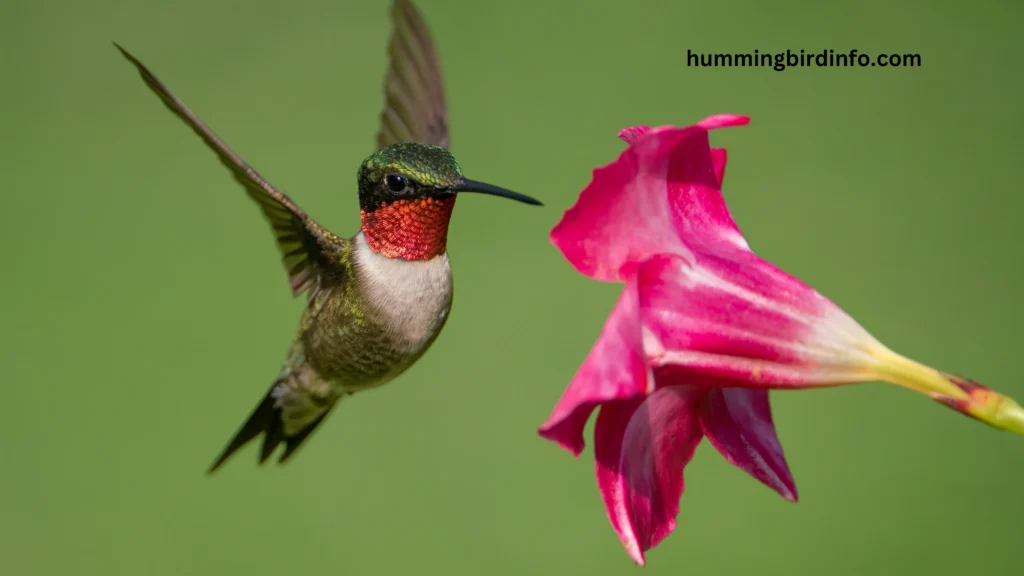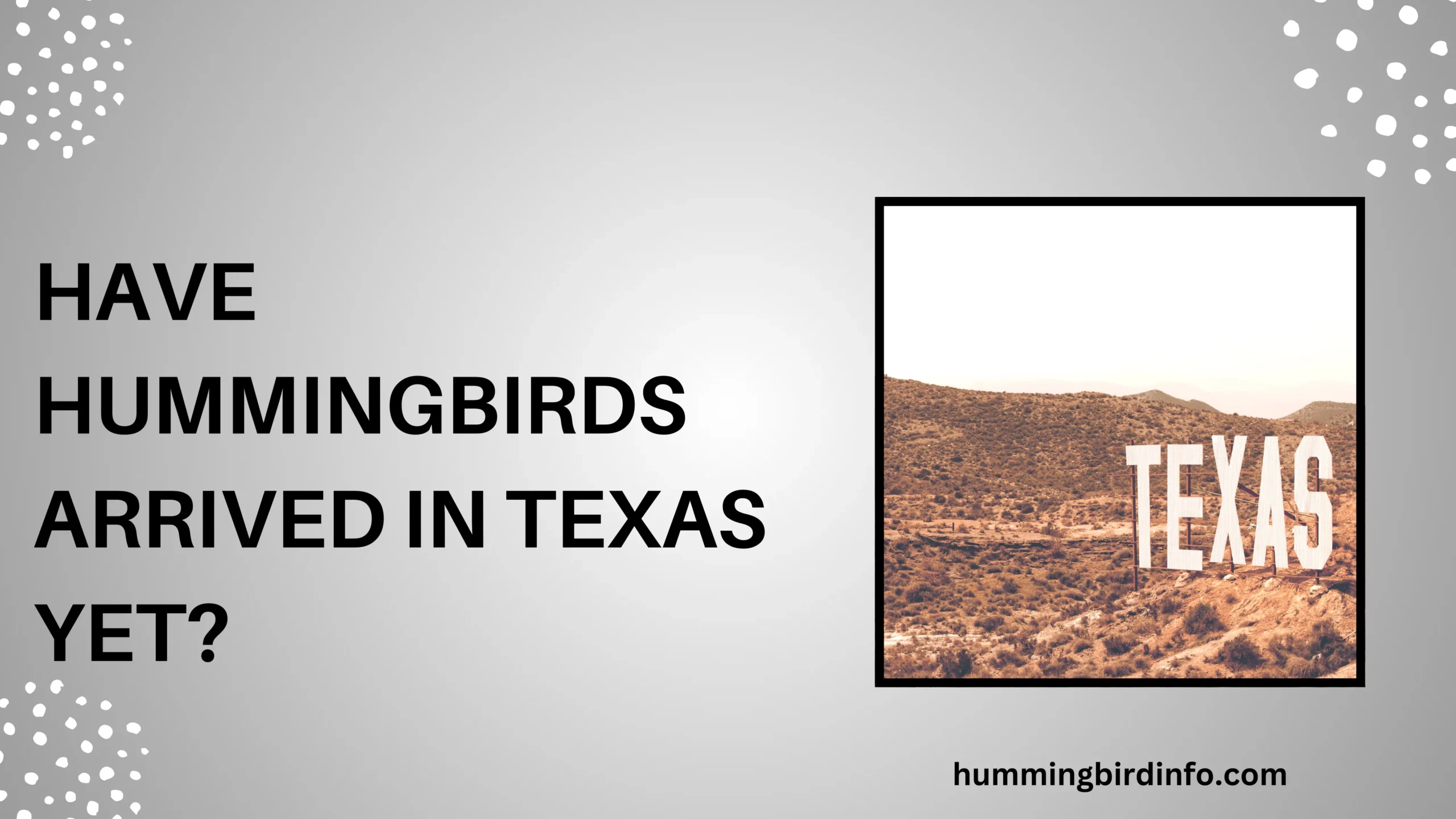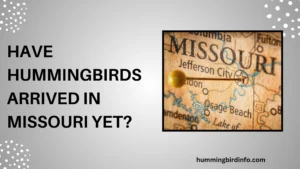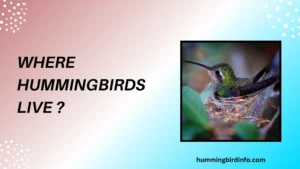Every spring, Texans turn their gaze skyward and to their gardens, hoping for the return of one of nature’s most astonishing travelers — the hummingbird. These tiny, fast-moving birds, known for their vibrant feathers and hovering flight, symbolize renewal and life blooming across the Lone Star State.
Their presence signals that the long grip of winter is loosening, and warmer, livelier days are ahead.
Hummingbirds aren’t just beautiful to watch — they’re essential pollinators, contributing to the health of ecosystems and garden biodiversity across Texas. With the state’s vast and diverse landscapes, ranging from coastal plains to piney woods and deserts, Texas plays a critical role in the migratory paths of numerous hummingbird species.
From the Rio Grande Valley to the Panhandle, Texans await the annual show of color and movement.
So, have hummingbirds arrived in Texas yet? It’s a question many bird lovers and gardeners ask each year.
In this guide, we’ll explore when they arrive, what influences their timing, which species to watch for, how to track their sightings, and how to attract them to your yard.
Whether you’re a seasoned birder or just someone who loves nature, this article has everything you need to welcome back these aerial acrobats.
Contents
- 1 Timing the Arrival – When Hummingbirds Return to Texas
- 2 Factors Influencing Hummingbird Migration in Texas
- 3 Hummingbird Species of Texas
- 4 Tracking the Tiny Travelers – Monitoring Hummingbird Arrivals in Texas
- 5 Inviting Hummingbirds to Stay – Attracting Them to Your Yard
- 6 The Importance of Hummingbirds in the Texas Ecosystem
- 7 Conclusion:
- 8 FAQs
- 9 1. When do hummingbirds arrive in Texas?
- 10 2. What is the most common hummingbird in Texas?
- 11 3. When should I put out hummingbird feeders in Texas?
- 12 4. What do hummingbirds eat besides nectar?
- 13 5. Are red dyes in nectar safe for hummingbirds?
- 14 6. How can I track hummingbird migration in Texas?
Timing the Arrival – When Hummingbirds Return to Texas
Hummingbirds begin returning to Texas between late February and May, depending on the species and the region. In South Texas, especially along the Gulf Coast, they can be spotted as early as late February or early March.
This region serves as a critical first stop after their long migration from Central America.
In Central Texas, hummingbirds usually arrive in mid-March to early April, especially around San Antonio, Austin, and the Hill Country.
Their timing often aligns with the blooming of native wildflowers, providing much-needed nectar. North Texas and areas like Dallas-Fort Worth usually see arrivals by late March into mid-April.
In West Texas, hummingbird arrival tends to be later due to higher elevation and arid conditions. Some may not reach these parts until late April or even May. Peak migration in Texas occurs between mid-March and early May, when numbers surge and sightings increase dramatically.
Keeping feeders out early ensures that returning birds find nourishment after their long flight.

Factors Influencing Hummingbird Migration in Texas
Migration is driven by internal biological clocks and environmental cues. As daylight hours increase and temperatures warm, hummingbirds are signaled to begin their northward migration from their wintering grounds. These physiological triggers ensure they arrive when food is most abundant.
Weather plays a major role in how quickly they reach Texas. Warm fronts and tailwinds help birds travel faster, while cold fronts and storms can delay or redirect their path. Sudden drops in temperature can even halt migration temporarily, especially for smaller birds like hummingbirds.
For some species, migration involves an incredible flight across the Gulf of Mexico — a non-stop journey of hundreds of miles. Their ability to reach Texas safely depends on energy reserves and clear skies. The availability of nectar-rich flowers and small insects along their path through Texas also determines where and when they stop.
Texas’s vast geography, from humid coasts to dry deserts, creates varied challenges and resources. These differences influence the routes and timing of each species. Areas rich in early-blooming plants, such as red buckeye or coral honeysuckle, tend to get earlier arrivals.
Hummingbird Species of Texas
The most common hummingbird in Texas is the Ruby-throated Hummingbird, recognized by the male’s shimmering red throat.
It migrates through eastern and central Texas, especially during spring and fall, and breeds in areas with dense vegetation and nectar sources. These birds love gardens with flowering plants and forest edges.
Another frequent visitor is the Black-chinned Hummingbird, especially common in West and Central Texas. It is known for its purple-black throat patch and adapts well to urban areas and desert landscapes. This species often breeds in backyards and canyons, building nests on low branches.
Texas also plays host to other species, like the Rufous Hummingbird, known for its bold rust-colored feathers, especially during fall migration.
Broad-tailed Hummingbirds are common in West Texas’s higher elevations, while Anna’s Hummingbirds, once rare, are now increasingly spotted year-round in some areas. For help identifying species, use Merlin Bird ID or visit Texas Parks & Wildlife online.
Tracking the Tiny Travelers – Monitoring Hummingbird Arrivals in Texas
eBird, a citizen science platform from the Cornell Lab of Ornithology, is one of the best ways to track hummingbird sightings in real time. You can filter sightings by region and species to see where and when birds have been observed.
It’s also a great way to contribute your own sightings and support scientific research.
Hummingbird Central is another excellent tool that offers an annual spring migration map. The map is updated daily with hummingbird arrival reports submitted by people across the U.S. and includes a Texas-specific view.
This can help you know when to expect hummingbirds in your area.
Local birding groups, such as the Texas Ornithological Society or regional Facebook communities, are great places to find tips and share observations. Many Texas birders post photos and dates of their first sightings.
Twitter and Instagram are also rich with hummingbird hashtags for real-time updates.
Inviting Hummingbirds to Stay – Attracting Them to Your Yard
To attract hummingbirds, start by planting native, nectar-rich flowers like Salvia greggii, Texas lantana, trumpet vine, and turk’s cap. Choose a mix of flowers that bloom from early spring to late fall to ensure continuous feeding opportunities. Avoid hybrids that don’t produce enough nectar.
Put out feeders in early March in South Texas and by mid-March in Central and North Texas. Use a 1:4 ratio of white sugar to water, with no red dye, and change the solution every 2–3 days. Place feeders in shaded areas for comfort and keep them clean to avoid mold or fermentation.
Provide a shallow water source, such as a birdbath with a mister or fountain, for bathing and drinking. Create shelter using shrubs and small trees, which offer resting and nesting sites. Avoid all pesticides, as hummingbirds also rely on insects for protein, especially during nesting season.

The Importance of Hummingbirds in the Texas Ecosystem
Hummingbirds are crucial pollinators, helping many native Texas plants reproduce by transferring pollen as they feed. Their long bills and fast tongues make them ideal for deep, tubular flowers like red yucca and coral honeysuckle.
This interaction helps preserve plant biodiversity across Texas ecosystems.
They also serve as natural pest controllers, feeding on gnats, fruit flies, and small spiders — especially important when raising young.
Hummingbirds support the balance of ecosystems, connecting plant life to insect populations and even affecting larger predators indirectly.
Beyond ecology, hummingbirds have economic significance, attracting tourists, photographers, and garden enthusiasts. Their presence boosts interest in conservation landscaping and native gardening. With urbanization and habitat loss on the rise, Texans can help by planting more pollinator-friendly spaces and advocating for habitat protection.
Conclusion:
The arrival of hummingbirds in Texas each spring is more than just a seasonal event — it’s a celebration of life, movement, and renewal. From the Gulf Coast to the Hill Country, their return fills our gardens with energy and our skies with color.
Watching them hover, dart, and feed is a reminder of nature’s resilience and beauty.
With their role as pollinators, insect predators, and even backyard ambassadors, hummingbirds play a significant part in Texas ecosystems.
Their journeys are long and risky, but our awareness and preparation can give them a safe landing and a reason to stay. Early feeders, blooming plants, and clean habitats all make a difference.
So, have hummingbirds arrived in Texas yet? Chances are, they’re already on the move or just around the corner. Keep your eyes open, your feeders filled, and your garden humming — and let these tiny wonders remind you that spring has truly arrived.
FAQs
1. When do hummingbirds arrive in Texas?
Most hummingbirds arrive in Texas between late February and May, with South Texas seeing them first, followed by Central and North Texas.
2. What is the most common hummingbird in Texas?
The Ruby-throated Hummingbird is common in East and Central Texas, while the Black-chinned Hummingbird dominates West and Central Texas.
3. When should I put out hummingbird feeders in Texas?
Put out feeders in late February in South Texas and by mid-March in other regions to welcome early migrants.
4. What do hummingbirds eat besides nectar?
Besides nectar, they eat small insects and spiders, which provide protein and essential nutrients during nesting.
5. Are red dyes in nectar safe for hummingbirds?
No, red dyes are not safe and may harm hummingbirds. Use a simple sugar-water solution without coloring.
6. How can I track hummingbird migration in Texas?
Use eBird and Hummingbird Central to track sightings. Social media and local birding groups also provide real-time updates.








